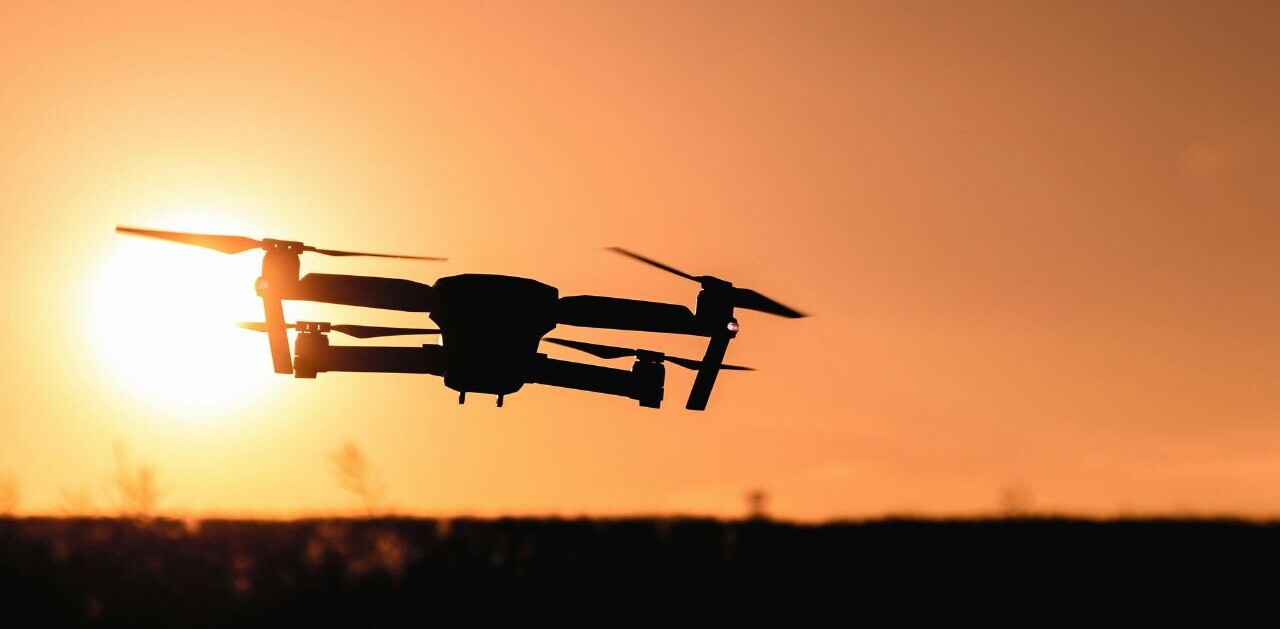
Over 100 million Americans suffer from chronic pain. Since the 1990s, opioid prescriptions have tripled in the US, a country with five-percent of the world’s population that’s now responsible for consuming 80-percent of its opioids. It’s clear we need an alternative.
VR industry veteran Howard Rose thinks it might be. Rose began working on VR more than 20 years ago at the Human Interface Technology Lab (HITLab) at the University of Washington. The lab was founded by US Air Force veteran Tom Furness, who began using primitive forms of VR in the military as far back as the 60s for everything from treating phobias to teaching foreign language.
It was at HITLab that psychologist Hunter Hoffman created SnowWorld — an experimental therapy for treating burn victims by immersing them in virtual environments. Burn patients have to go through intensely painful wound-care sessions, often multiple times daily. Even with high doses of painkillers, these sessions are excruciating.
SnowWorld attempted to divert a patient’s attention from the pain they were experiencing, and into a magical world that saw them flying through a virtual canyon while throwing snowballs at penguins and snowmen.
Over the past decade, Hoffman and his team have showed in several trials — including trials on Army veterans — that the technology works. Patients playing the game during wound-care sessions reported up to 50-percent less pain than those attempting other means to distract patients from pain — like music, or non-VR video games.
Ultimately, the proof of concept led rose to leave HITLab to found Firsthand Technology, a VR startup aiming to build on the success of SnowWorld and create disruptive new technologies for dealing with chronic pain. After teaming with a Tennessee-based pain management clinic headed by Dr. Ted Jones, Rose began testing newer prototypes, such as ‘Cool!’ — a sort of SnowWorld 2.0 using modern VR technology — on Jones’ pain patients.
Initial trials have been promising. In a small clinical trial featuring 40 people — each receiving 60 VR sessions — all but one reported reduced pain. Overall, patients reported 60 to 75-percent less pain than before their VR sessions. Immediately following a single session, patients reported 30 to 50-percent less pain. For comparison, morphine averages around 30-percent pain reduction.
It’s early, but according to Quartz, others have had similar success: the Pain Studies Lab at Simon Fraser University in Canada, Virtual Reality Medical Center in San Diego, and others have all reported significant improvement for patients using VR simulations to treat pain.
Get the TNW newsletter
Get the most important tech news in your inbox each week.




